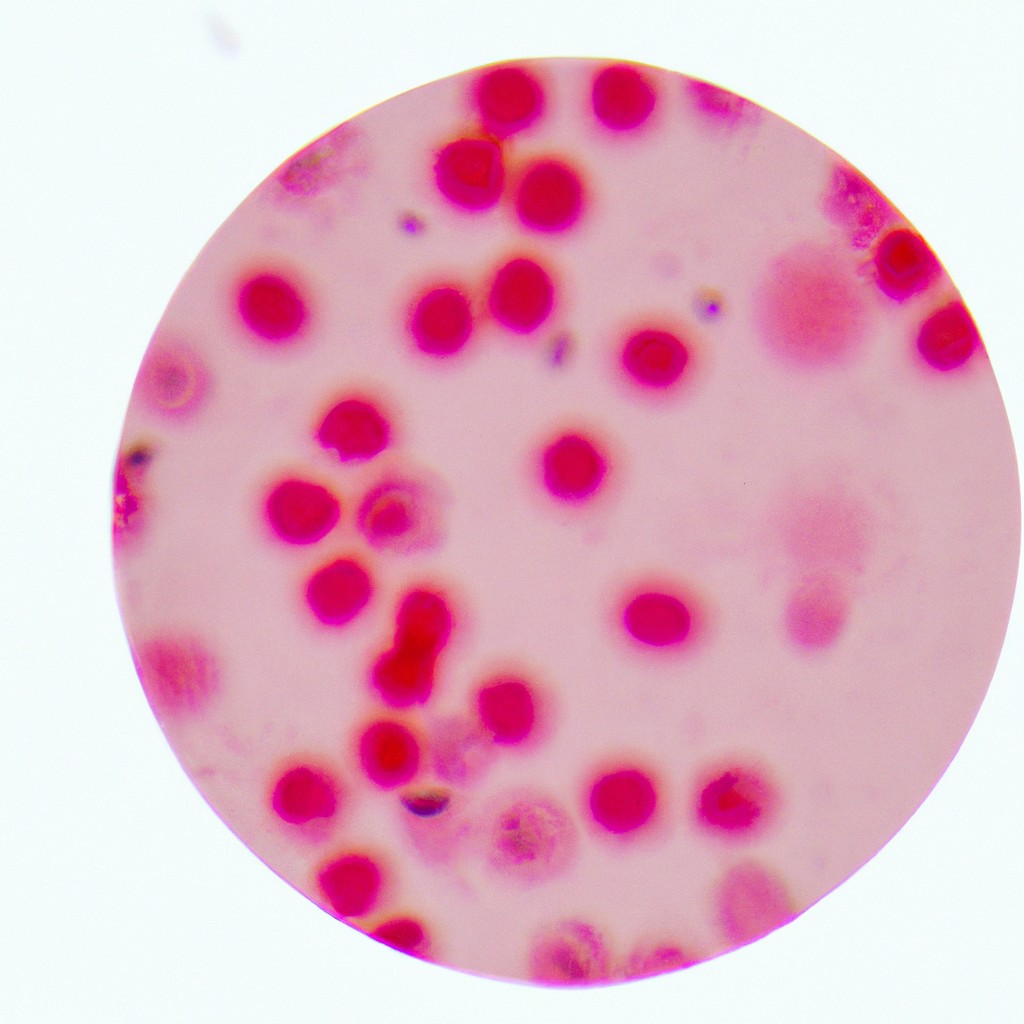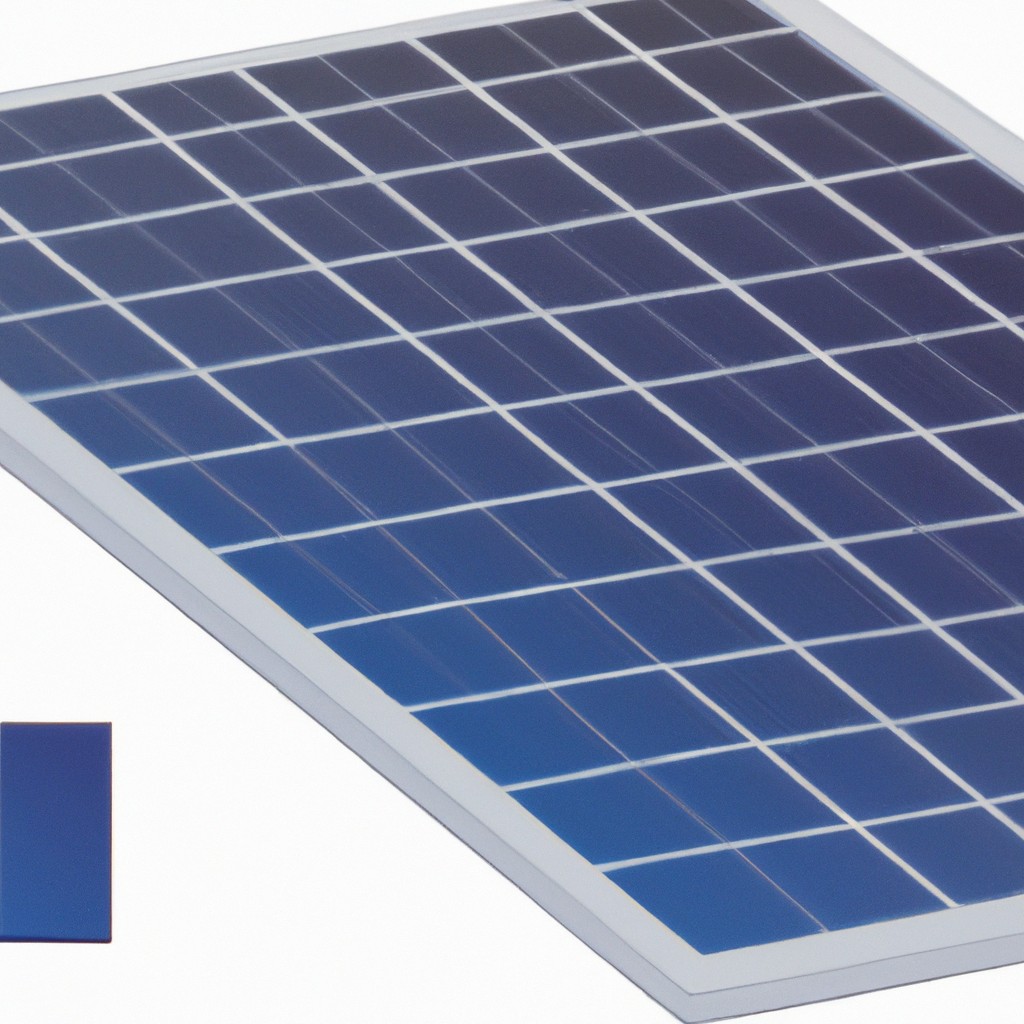In this buying guide, you’ll learn how to select the right solar inverter to maximize the efficiency and reliability of your solar power system.
Key takeaways:
- Solar inverters convert DC electricity from solar panels into AC.
- Inverters maximize energy harvest and monitor system performance.
- Inverter types include string, microinverters, and hybrid inverters.
- Consider factors like system size, panel shading, and installation location when choosing an inverter.
- Future inverters will have higher efficiency and smart capabilities.
What Is a Solar Inverter?

A solar inverter serves as a crucial component in a solar energy system, converting the direct current (DC) electricity generated by solar panels into alternating current (AC), which is the standard electrical current used in homes and businesses.
This transformation allows the energy harnessed from the sun to be utilized for everyday electrical devices and for excess power to be fed back into the grid in grid-tied systems.
Additionally, solar inverters often provide system performance monitoring and maximize energy harvest from the solar array through maximum power point tracking (MPPT).
Their role extends to maintaining system safety by detecting faults and disconnecting the solar array from the load or grid when necessary.
How a Solar Inverter Works
Solar inverters play a critical role in harnessing sunlight for electrical use by converting the variable direct current (DC) output from solar panels into a utility frequency alternating current (AC) which can be fed into a commercial grid or used by a local, off-grid electrical network.
1. Direct Current to Alternating Current: When sunrays hit the solar panels, they generate DC electricity. The inverter takes this DC power and uses electronic circuitry to switch it back and forth rapidly, creating AC power.
2. Synchronization with Grid Power: An inverter must match the grid’s AC frequency and voltage to integrate seamlessly with the power from the utility grid.
3. Maximizing Energy Harvest: Solar inverters incorporate Maximum Power Point Tracking (MPPT) to optimize the conversion from the solar array to deliver the most power possible, even as sunlight intensity changes.
4. Safety and Protection: Inverters constantly monitor grid conditions and disconnect if it detects issues such as power outages, thereby ensuring safety and avoiding possible damage to the system.
5. Communications and Monitoring: Many modern inverters are equipped with communication features that allow for system monitoring, performance tracking, and troubleshooting diagnostics.
Types of Solar Inverters
Solar inverters come in three primary varieties, each suited to specific installation types and requirements:
1. String Inverters: These are the most commonly used inverters in residential solar systems. They connect to a series, or “string,” of solar panels. String inverters are cost-effective and have a straightforward installation process but are limited by the lowest performing panel in the string—which can reduce the efficiency of the entire system.
2. Microinverters: Attached to the back of each solar panel, microinverters convert the DC output of the individual panel to AC. This independence maximizes the output of each panel, making them ideal for installations where panels are subject to shading or are oriented in different directions. Despite their higher upfront costs, they can provide long-term benefits through enhanced performance monitoring and efficiency.
3. Hybrid Inverters: Also known as multi-mode inverters, hybrid inverters combine the functionality of a standard string inverter with a battery charger. They are designed to manage energy storage effectively, work with or without a battery, and are a go-to choice for solar systems designed with energy storage in mind.
Each inverter type has specific advantages and is designed to cater to different energy needs and scenarios. When designing a solar power system, it is crucial to consider factors such as the physical layout of the installation, local climate conditions, and energy usage patterns to select the most appropriate inverter.
How to Choose the Right Solar Inverter
Selecting the appropriate solar inverter for your installation hinges on several critical factors. Consider your system’s size and the type of solar panels you have, as the inverter must match the power specifications. String inverters are common for residential use, but if your panels are partially shaded, microinverters can optimize output for each panel individually.
Assess the installation location. Outdoor inverters need to be weatherproof, while indoor models require a cool, ventilated space to operate efficiently. The inverter’s efficiency rating is crucial; a higher percentage means more of your solar power is used effectively. Check compatibility with any future expansions or smart grid connections as well.
Moreover, ensure the inverter complies with local regulations and safety standards, including those of your utility company. Warranty coverage is pivotal; a longer warranty indicates manufacturer confidence and can save on future expenses. Lastly, weigh the cost against the features offered – sometimes a higher initial investment can lead to better long-term value.
The Future of Solar Inverter Technology
Advancements in solar inverter technology continue at a rapid pace, propelled by the growing demand for renewable energy sources and the need for more efficient power conversion. These developments promise not only to boost the efficiency of solar systems but also to enhance their integration with smart grid technologies.
Increased Efficiency and Smart Capabilities: Future inverters are expected to offer higher conversion efficiencies, reducing energy losses and maximizing the output of solar panels. In tandem, smart features will enable seamless energy management and improved grid stability.
Hybrid Inverters: The rise of hybrid inverters reflects a trend towards versatile energy solutions, capable of managing inputs from both solar panels and battery storage systems. This innovation supports the move toward self-sufficient homes and businesses.
Machine Learning and AI Integration: The integration of artificial intelligence and machine learning could revolutionize how solar inverters operate, potentially allowing for predictive maintenance, optimized power flow, and real-time adaptive responses to grid demands.
IoT Connectivity: Internet of Things (IoT) capabilities will make inverters smarter, providing homeowners and utilities with precise data for better energy management and remote troubleshooting.
Compatibility with Evolving Solar Technologies: As solar panels evolve—for example, the shift to bifacial solar panels or the incorporation of perovskite layers—inverters will also need to adapt. This necessitates continuous firmware updates or modular designs that can be easily upgraded.
Overall, the focus within solar inverter technology is to create devices that are smarter, more integrated with the energy ecosystem, and adaptable to the changing dynamics of solar energy generation and consumption.




